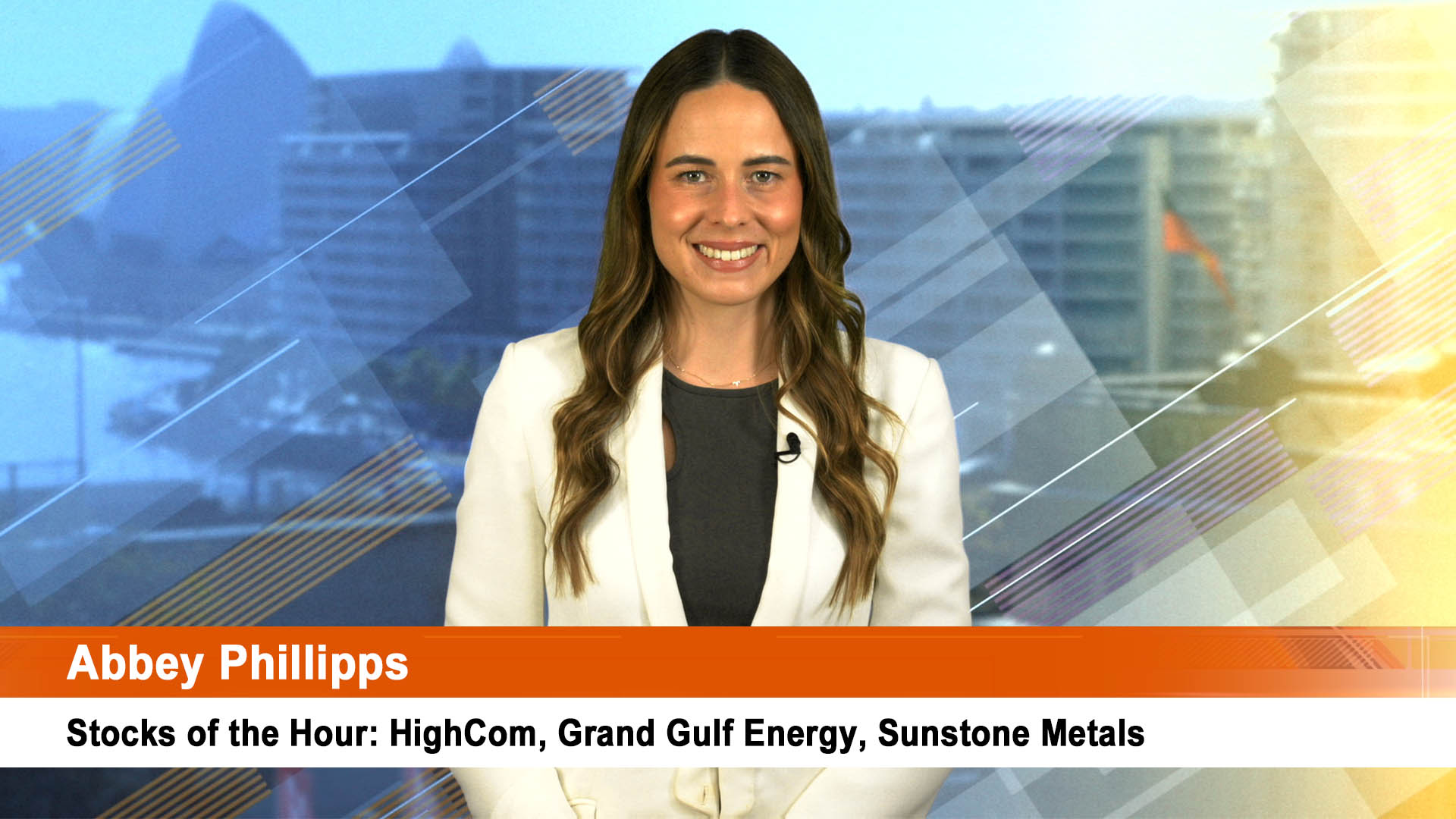Early estimates of the cost of Hurricanes Harvey and Irma have been slashed after the storm proved to be less damaging than forecast.
On Sunday the initial estimates were as high as $US290 billion in the cost to the US economy from AccuWeather (https://www.accuweather.com/en/weather-news/accuweather-predicts-economic-cost-of-harvey-irma-to-be-290-billion/70002686).
Instead forecasts for the cost have been cut to as low as $US20 billion as the storm weakened and changed direction, missing Miami.
The realisation that Irma had spared Miami and the southeast of Florida and hit the south and western coasts saw Wall Street surge in a big relief rally with the Dow up more 1,as was the S&P 500 and the Nasdaq. Gold fell and oil rose. Our market wull be up more than 30%.
Apple shares rose more than 1% ahead of the release of its new phone and other products – the downgrading of Irma allowing investors to focus on this event tomorrow morning, Sydney time.
There had been fears last week that the industry would be on the hook for damages of more than $US100 billion if the storm made a direct hit on Miami.
But the latest estimates from modelling firm AIR Worldwide say that insured losses will be in the $US20 billion to $US40 billion range.
That will still produce a ‘material loss’ for insurers, especially those that operate solely in Florida. Coming after the more expensive cost of Hurricane Harvey, the US insurance sector is heading for a red ink year.
It will mean that the total global cost of natural disasters will head towards $US120 billion to $US140 billion by the end of 2017. While that sounds a record amount, it’s not 2011 which was by far the worst year on record with close to if not more in an estimated $US600 billion from the cost of disasters (such as the Japanese earthquake and tsunami, as well as the Fukushima nuclear power station disaster (whose cost is not included in the estimates with the Japanese government paying the cost).
According to the huge German reinsurer, Munich Re, the cost of natural disasters in the first half of 2017 was a low $41 billion. But no more with Hurricanes Harvey and Irma, plus the Mexican earthquake at the weekend boosting the total cost significantly.
Joel Myers, AccuWeather’s founder, president and chairman, said in a statement on Monday, Sydney time, that much of the damage bill will come from the unusually long period of torrential rainfall associated with Harvey in and around Houston, while high winds is expected to take the greatest toll in Florida from Irma (which has already caused several billions of damage in the Caribbean).
“We believe the damage estimate from Irma to be about $US100 billion, among the costliest hurricanes of all time. This amounts to 0.5 of a percentage point of the GDP of $US19 trillion,” Myers said. That estimate has now been cut sharply.
“We estimated that Hurricane Harvey is to be the costliest weather disaster in U.S. history at $US190 billion or one full percentage point of the GDP.
This is the first time two Category 4 hurricanes have hit the US mainland in the same year.
AccuWeather said the economic costs include disruptions to businesses, increased unemployment, damage to infrastructure, crop losses, property damage and increased fuel prices.
“Some of the losses will be covered by insurance, some will not, so the losses will be felt in a variety of ways by millions of people. Many millions of people have already been evacuated, so their lives have already been affected and they have incurred costs of one sort or another,” Myers said.
In an earlier report on Sunday, AIR Worldwide estimated combined insurance losses of up to $US65 billion in the US and Caribbean.
In the US, insured losses from Irma could range from US15 billion to $50 billion, AIR said in a statement, and Caribbean losses could range from $US5 billion to $US15 billion.
Now that bill is back to the range of $US20 to $US40 billion.
AM Best, the US insurance company rating firm said around 60% of the loss will be retained by primary insurers, with the rest being passed on to the reinsurers.













